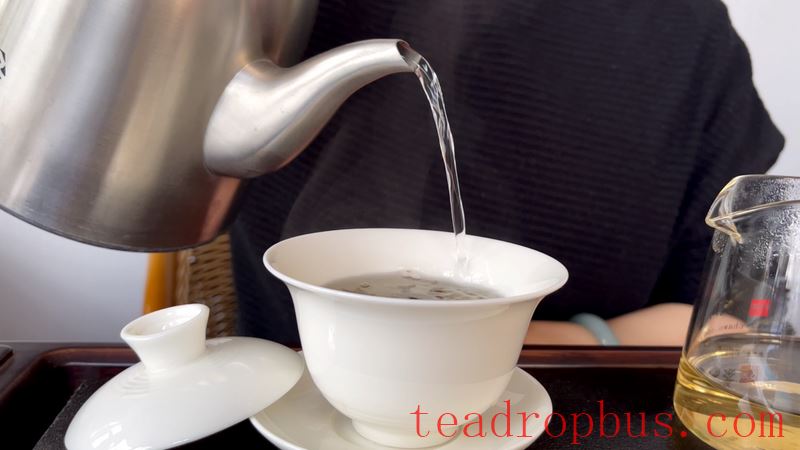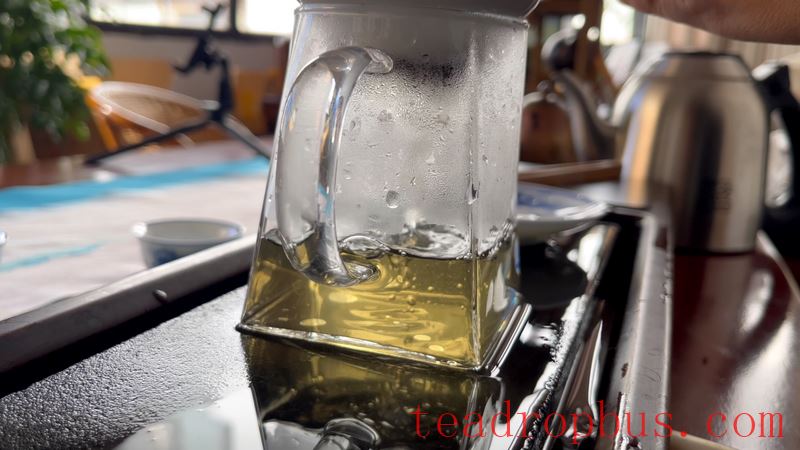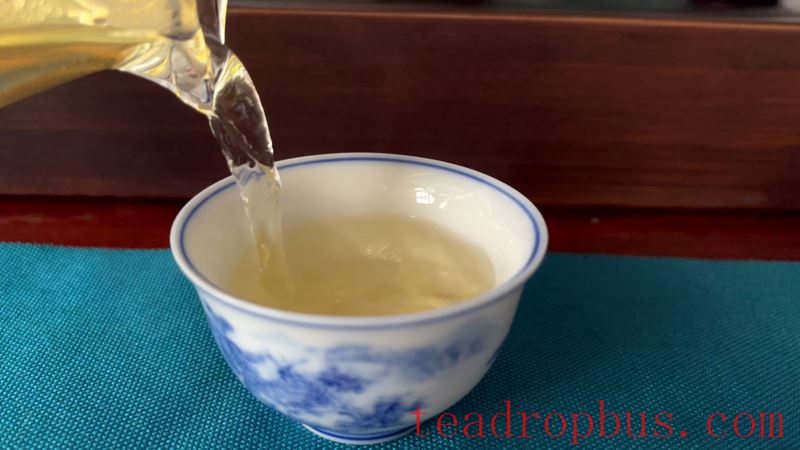For a Tea, its raw materials, processing methods, and quality can be judged not only by observing its color, but also by smelling and tasting it after brewing. Additionally, some secrets hidden within the leaves can be revealed by examining the appearance of the leaf base…

Out of curiosity or for other reasons, Pu'er tea enthusiasts often like to examine the tea leaves after Steeping. However, it is not recommended to casually flip the leaves during this process, and the reason becomes clear upon understanding it.
Many tea enthusiasts enjoy flipping the leaves in the Gaiwan while brewing Pu'er tea, but the fact is that doing so can affect the infusion of the Pu'er tea.
Flipped leaves result in a murky infusion, disrupt the brewing sequence, and alter the taste and mouthfeel.

What can one discover from examining the leaves?
When examining the leaves, one primarily looks at impurities in the tea infusion and residues left in the Tea strainer.
A quick glance can give a good idea of how well the processing techniques were executed.
Examining the leaves and gently pressing them reveals information about the season of the tea material, the wholeness of the leaves, the processing method, and any foreign objects.
In recent years, there has been significant improvement in the hygiene of Pu'er tea, but older teas may still have hygiene issues with foreign objects mixed in, making the use of a filter essential.

How to rectify if the leaves have been flipped?
The first infusion after flipping the leaves should be discarded, and a new infusion prepared. Since flipping the leaves exposes unpleasant flavors, these will inevitably appear in that infusion.
This is a small trick that many skilled tea brewers pay attention to.
Actually, refraining from flipping the leaves makes them more resilient to multiple infusions!
The resilience of Pu'er tea to multiple infusions is also related to this technique. Some connoisseurs who are meticulous about brewing ancient tree teas do not stir the leaves when pouring water, and certainly do not allow flipping the leaves.
Such a calm brewing process can enhance the resilience to multiple infusions.